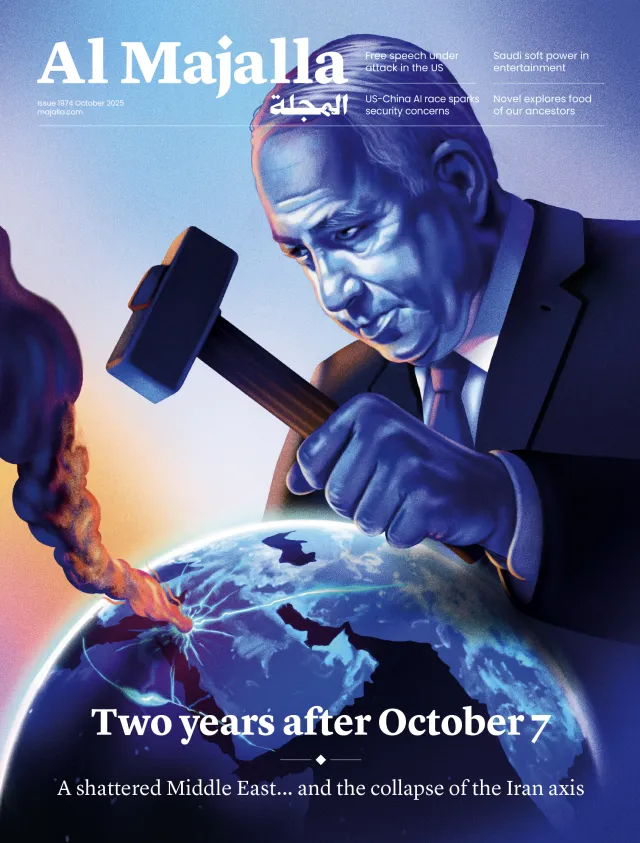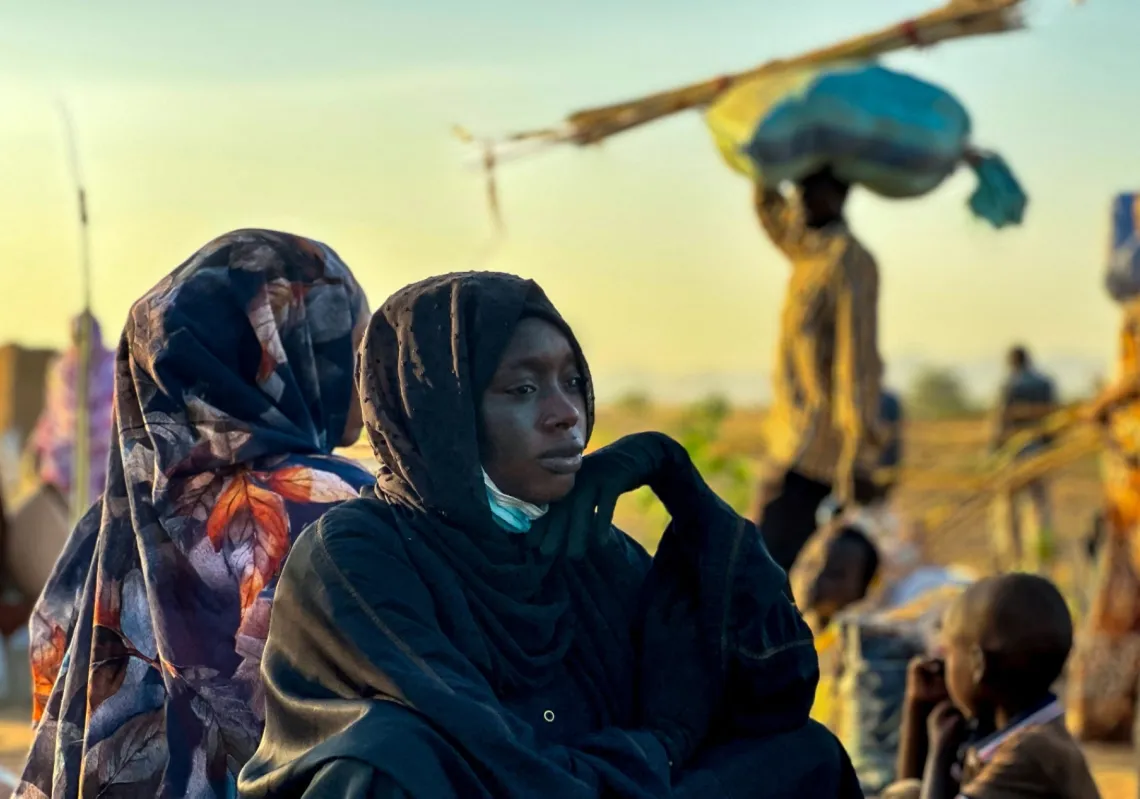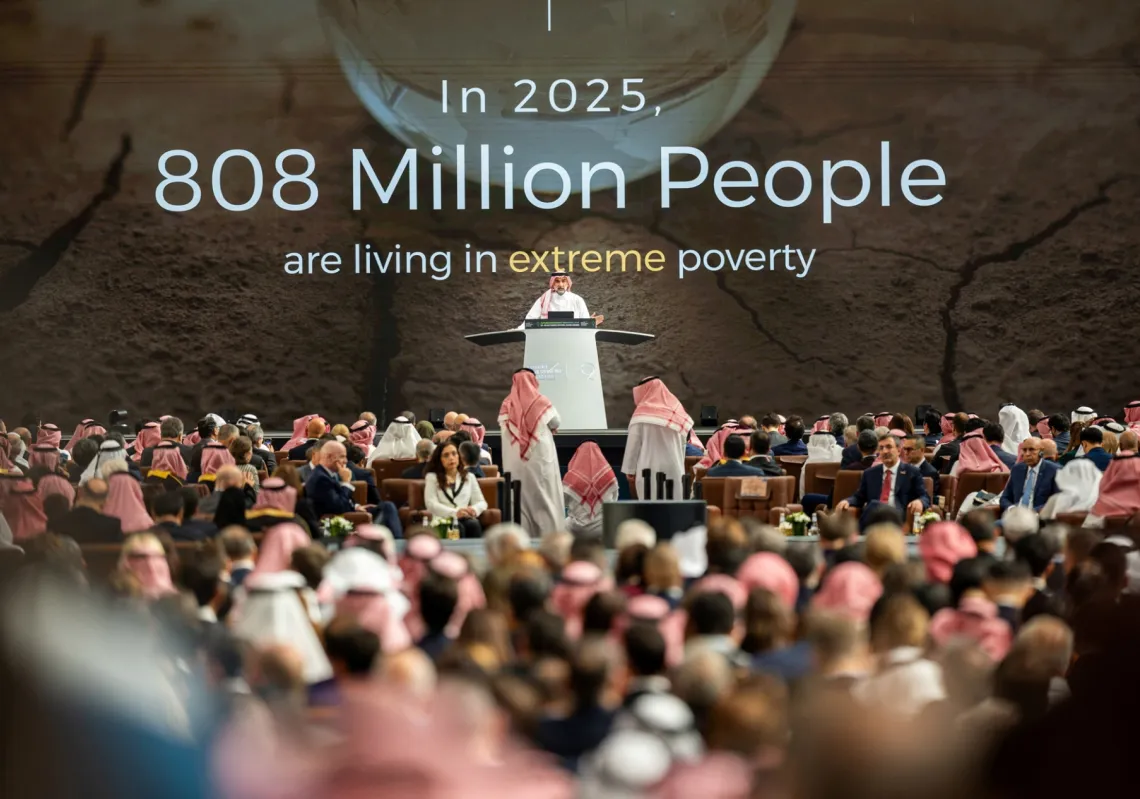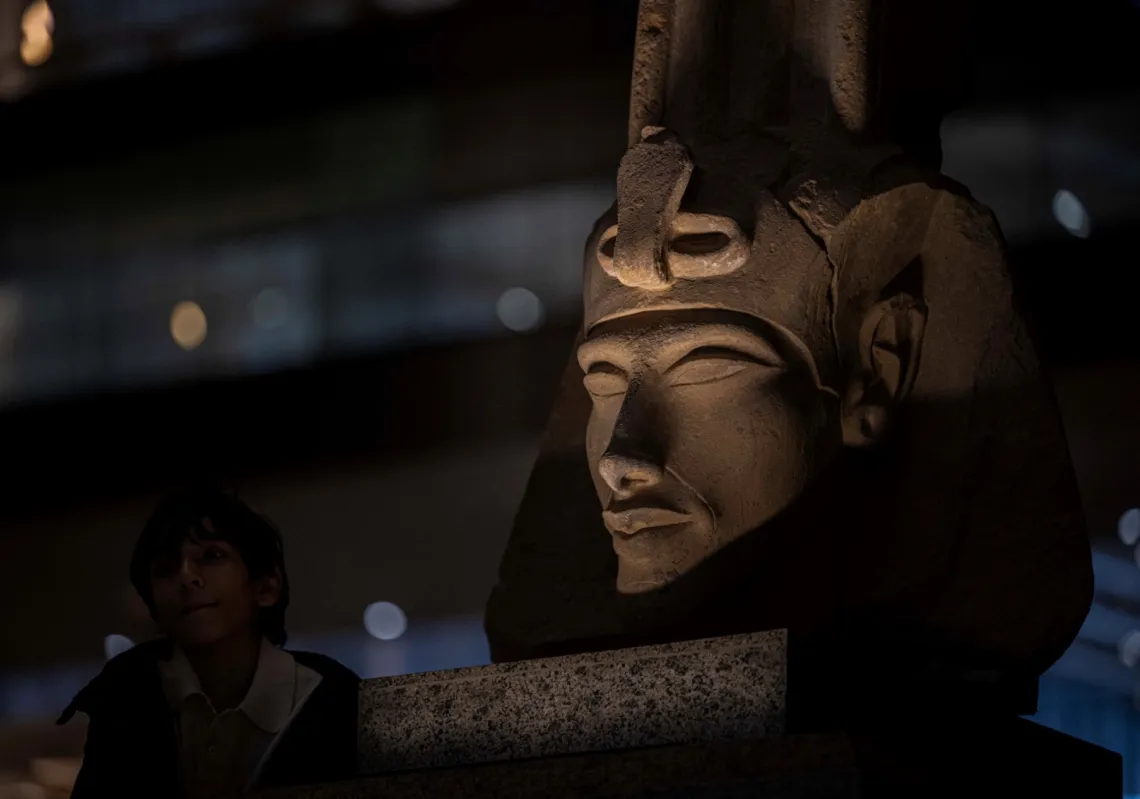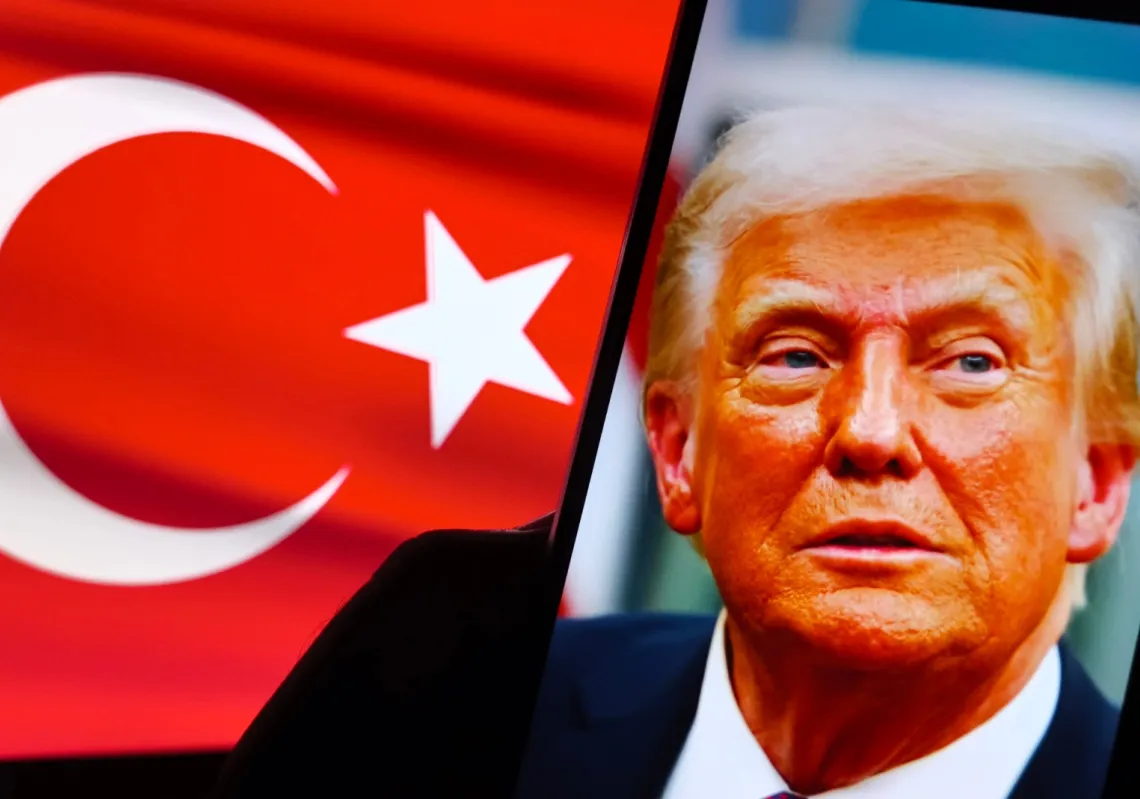While there are losers and winners following the Syrian opposition’s swift and unexpected capture of Aleppo and towns south into Hama province, all will need a ceasefire in the coming weeks.
Those to lose out after the March 2020 ceasefire deal collapsed on Saturday include the government of Bashar al-Assad in Damascus, plus his backers in Moscow and Tehran, while Turkey has come out stronger.
Russian Foreign Minister Sergei Lavrov agreed with Turkish Foreign Minister Hakan Fidan that they should work to stabilise the country. The question now is not ‘if’ there will be a ceasefire but ‘when.’ Al-Assad certainly needs one quickly.
His army has not performed well in recent years, but the November 2024 debacle was especially bad, as advancing opposition fighters overran and killed small Russian and Iranian detachments on their way through Aleppo. The Syrian Army had to escape to Hama 130km south to try to establish a new defensive line.
Al-Assad’s losing hand
Al-Assad needs more troops but has few to call on. Still, losing Hama and Homs would be a catastrophe. Damascus will now be asking if it can and should withdraw its military units from the east in Deir ez-Zor (which it recaptured from Islamic State in 2017) to the more urgent battles in the west.
Withdrawing from eastern Syria at the end of 2024 would be a new humiliation, and losing that region, as well as Aleppo, would be a sign of al-Assad’s complete failure to stabilise Syria. Once again, he needs urgent help from his friends.

